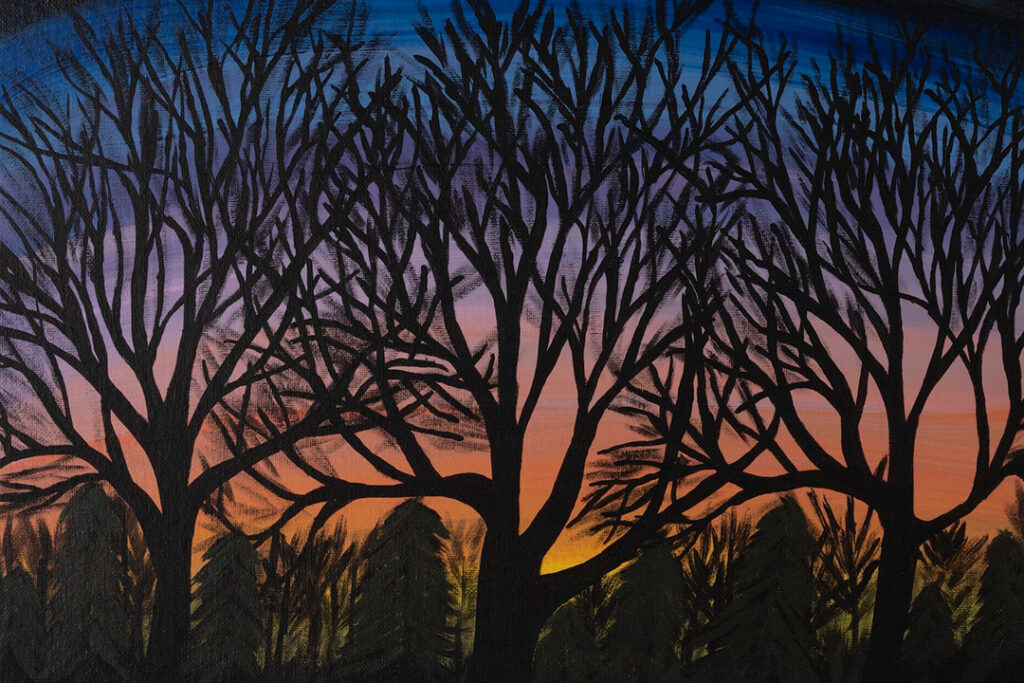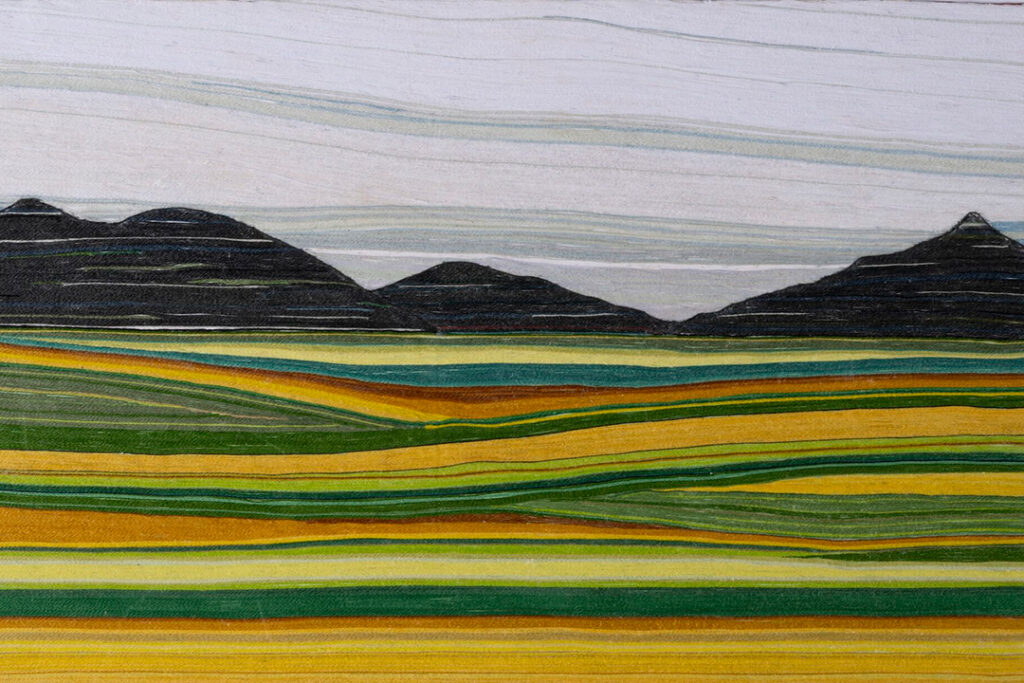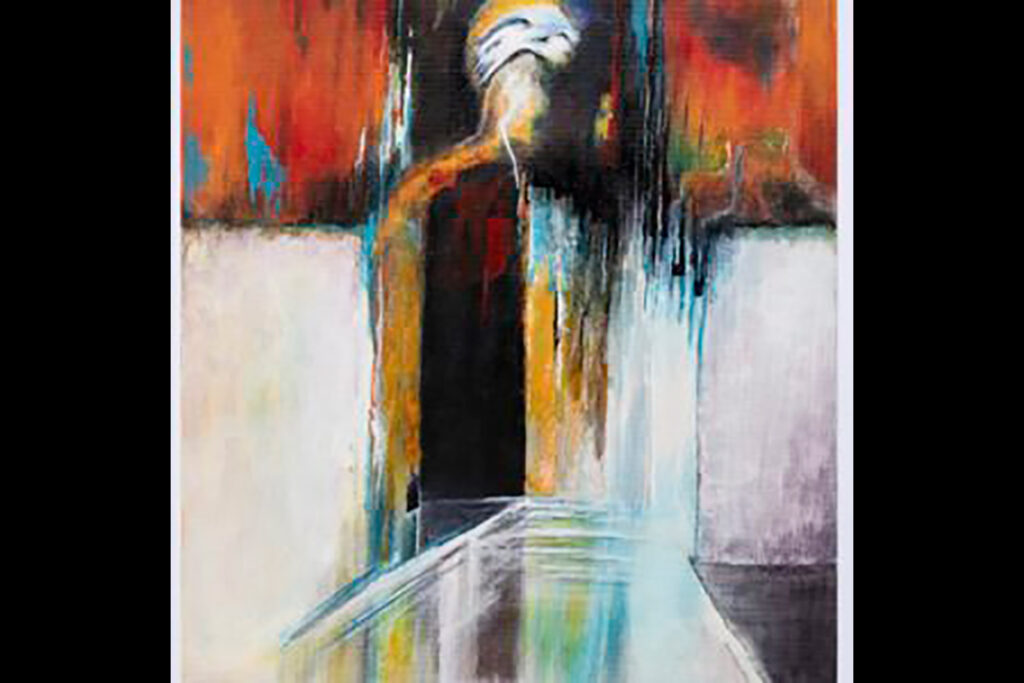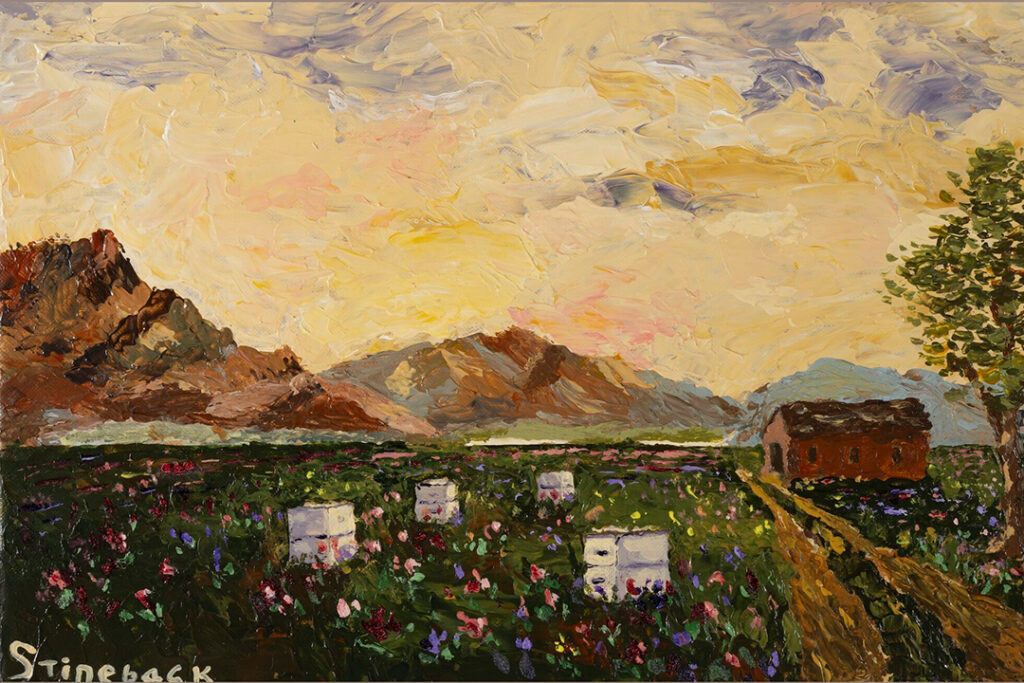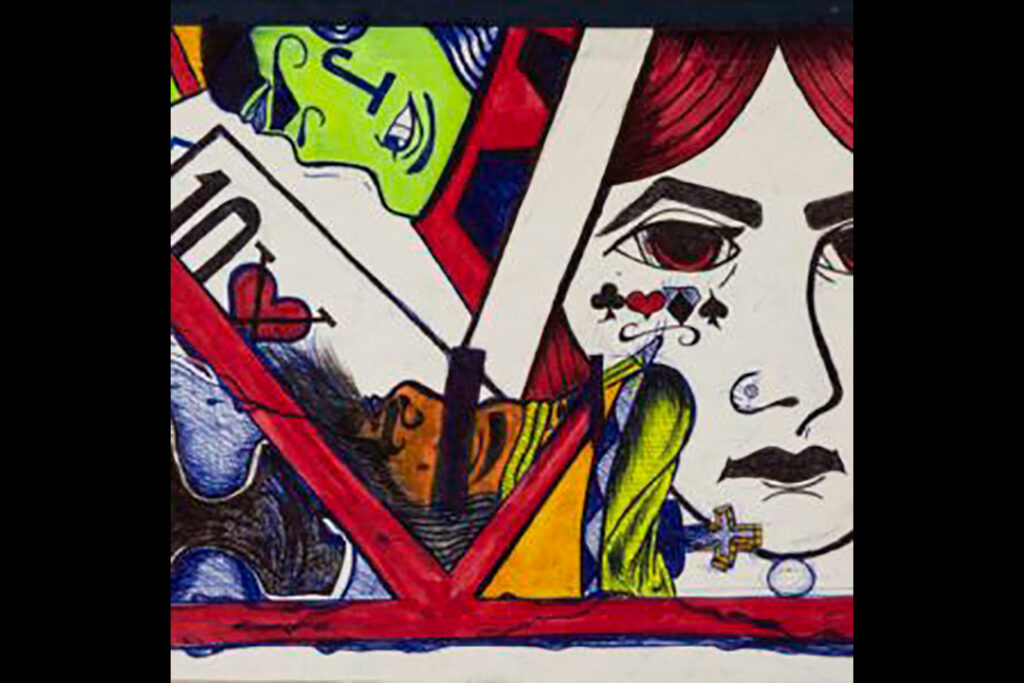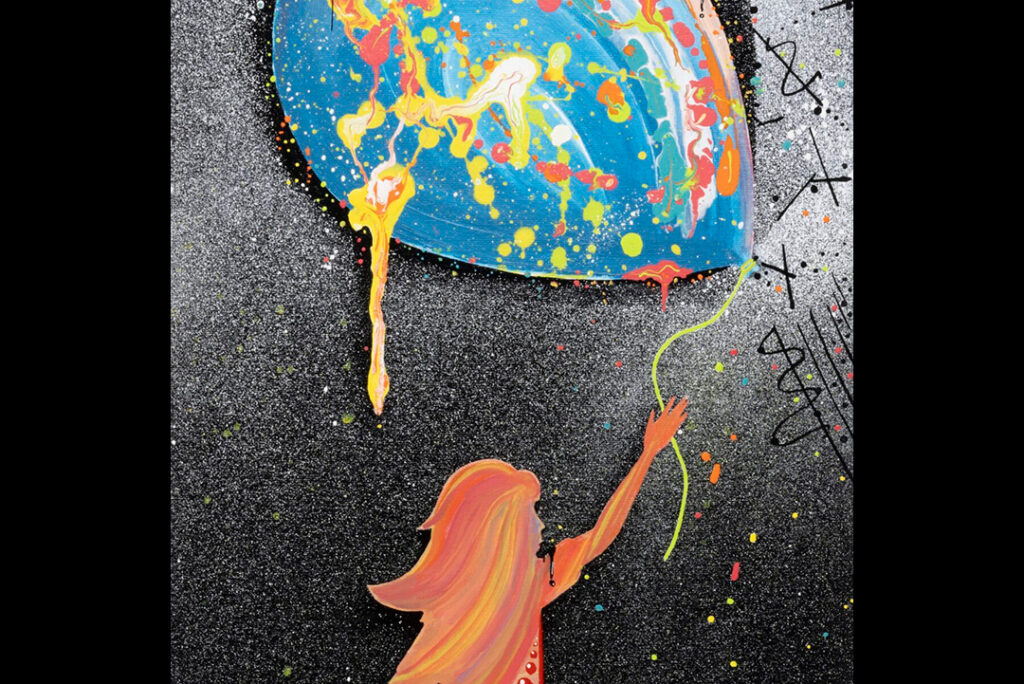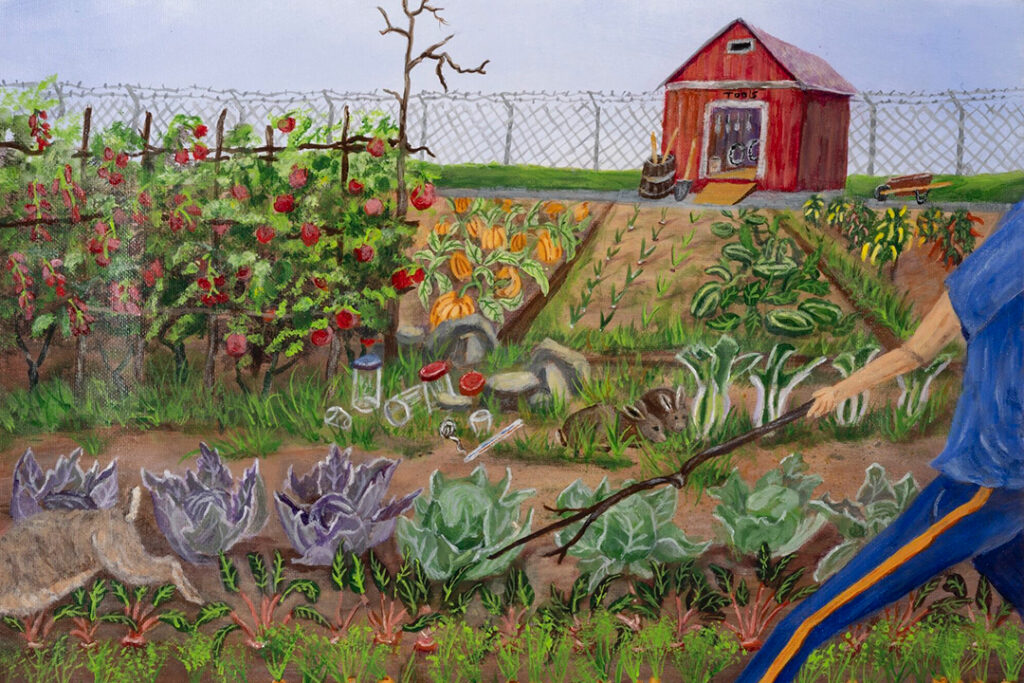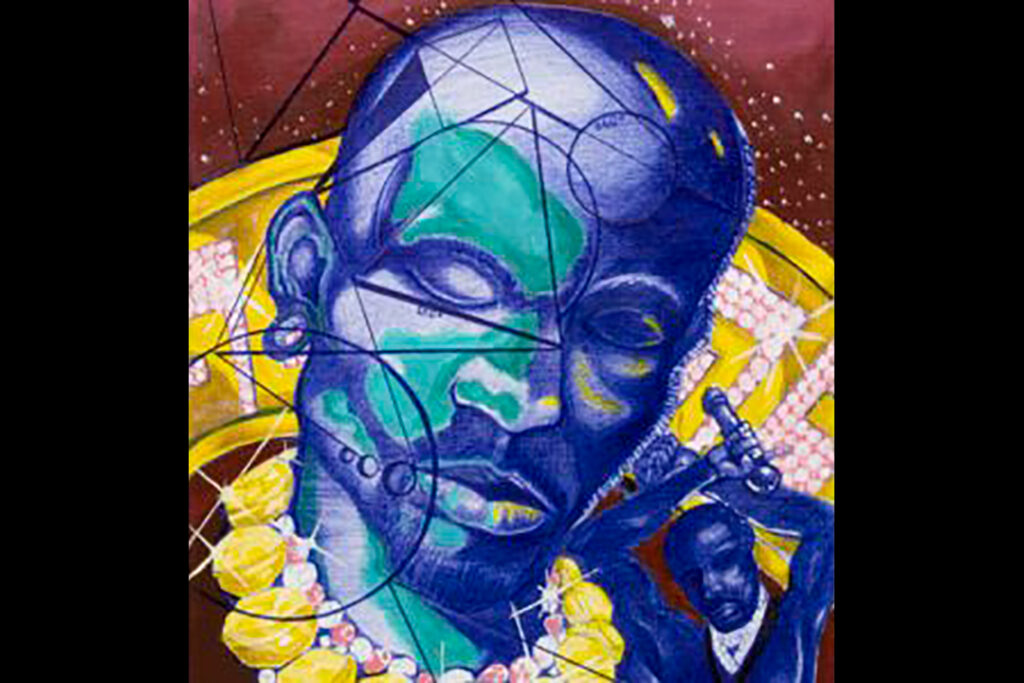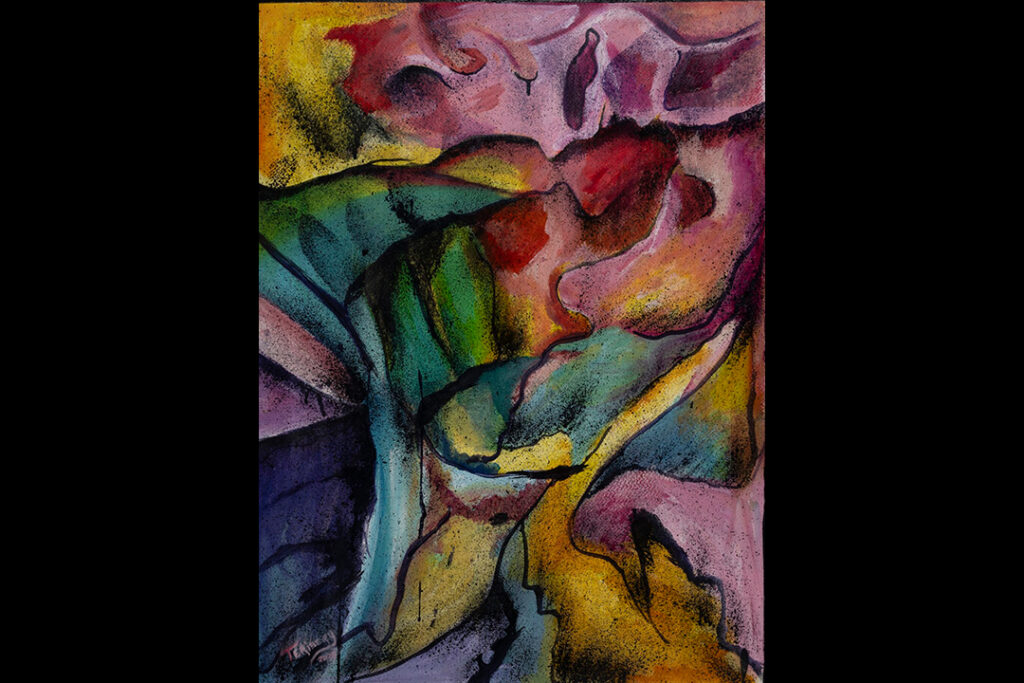Filling a gap: U-M students help combat Michigan’s shortage of rural dentists

Northern Michigan resident Becky Klein was surprised to learn that the dentists at the Thunder Bay Community Health Service clinic were students from the U-M School of Dentistry. They turned out to be just as competent and professional as seasoned practitioners, she said, and excellent communicators.
-
Trackway analysis shows how dinosaurs coped with slippery slopes
U-M researchers and colleagues working in Argentina have discovered how dinosaurs were able to navigate muddy and slippery inclines.
- Plus: Slideshow
-
Game day!
It’s football Saturday! Come join the crowds at the Mudbowl, on State and Packard, the Pioneer High lot, and outside Michigan Stadium.
-
U-M No. 1 in ranking of media/Internet/social media interest
U-M has topped all U.S. universities for the amount of public interest measured by media coverage, Internet traffic and social media mentions, according to an independent national analysis released this week.
-
Record number of U-M inventions reported last year
U-M researchers disclosed 350 new inventions in fiscal year 2009, setting a new record. Despite the state’s economic woes, the university licensed eight new startups in the last fiscal year.
-
U-M among top in nation for producing Fulbright students, scholars
Seven University of Michigan scholars and 28 U-M students have been awarded Fulbright Fellowships for 2009-2010.Among the faculty scholar winners, U-M’s Ann Arbor campus led the country in the U.S. State Department-funded Fulbright awards, along with Michigan State University and the University of Oregon, each receiving seven awards. UM-Flint also produced a Fulbright Scholar.Among the Read more
-
Ross School tops in the U.S. for environmental and social responsibility
The University of Michigan’s Ross School of Business is the best business school in the United States for integrating environmental, social and ethical issues into its MBA program, according to the Aspen Institute’s 2009-10 Beyond Grey Pinstripes report.The biennial survey and ranking of business schools placed the Ross School at No. 2 overall. The Schulich Read more
Columns
-
President's Message
Reaffirming our focus on student access and opportunity
U-M seeks to ensure every student will rise, achieve, and fulfill their dreams. -
Editor's Blog
Peace out
It's a mad, mad, mad, mad world out there. -
Climate Blue
Keeping our focus on climate
As federal support for climate science wanes, Ricky Rood remains hopeful. -
Health Yourself
Are you an ‘ager’ or a ‘youther’?
Why do some people appear younger or older than people born in the same year?
Listen & Subscribe
-

MGo Blue podcasts
Explore the Michigan Athletics series "In the Trenches," "On the Block," and "Conqu'ring Heroes." -

Michigan Ross Podcasts
Check out the series "Business and Society," "Business Beyond Usual," "Working for the Weekend," and "Down to Business." -

Michigan Medicine Podcasts
Hear audio series, news, and stories about the future of health care.
In the news
Creativity and connection across prison walls
One of the world’s largest and longest-running exhibitions of incarcerated artists is back with new programming designed to foster connection and deepen public understanding of incarceration in Michigan. The 29th annual Exhibition of Artists in Michigan Prisons, curated by U-M’s Prison Creative Arts Project, showcases 772 artworks by 538 artists incarcerated in 26 state prisons. The Duderstadt Center Gallery on U-M’s North Campus is presenting the artwork through April 1.









